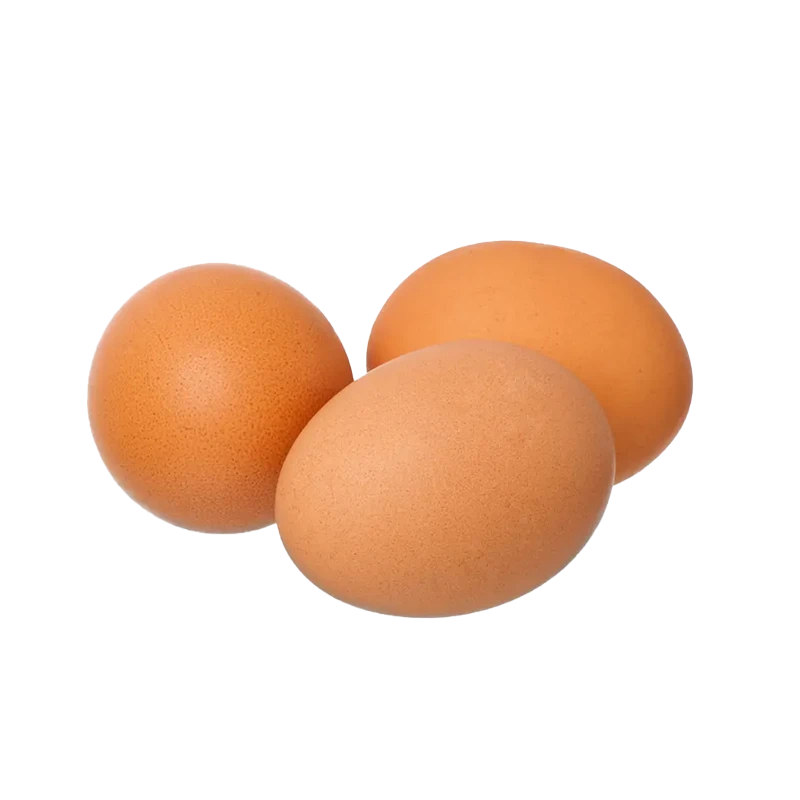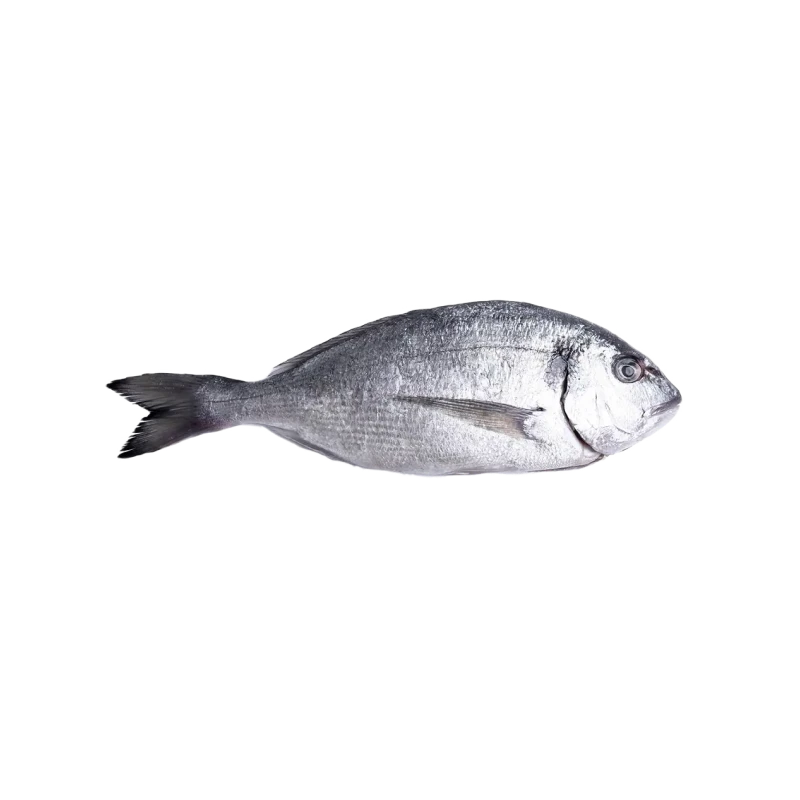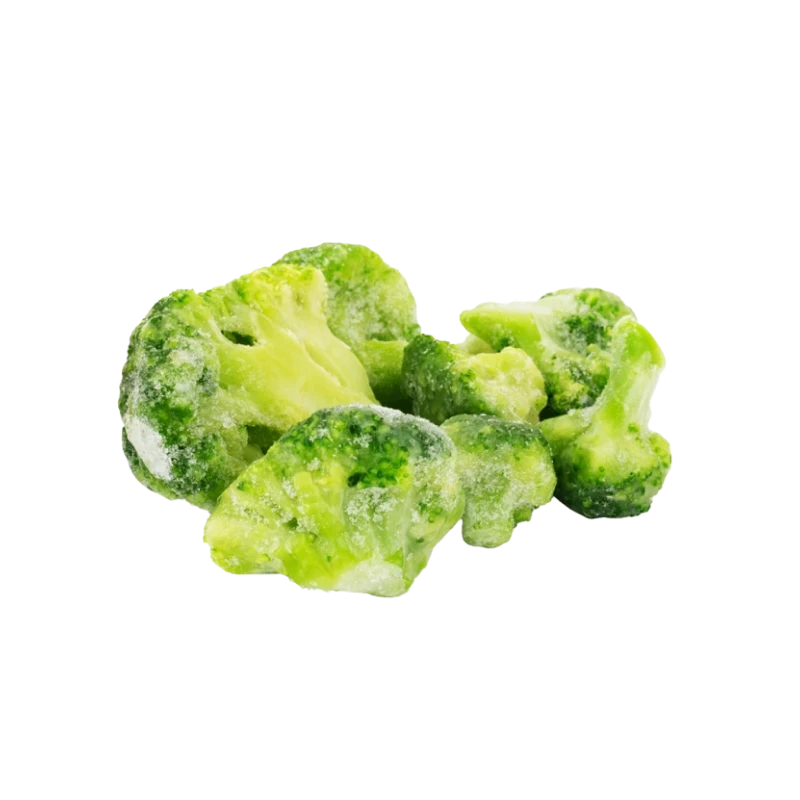Beef Chuck — Nutrients, Health Benefits, and Shopping Tips
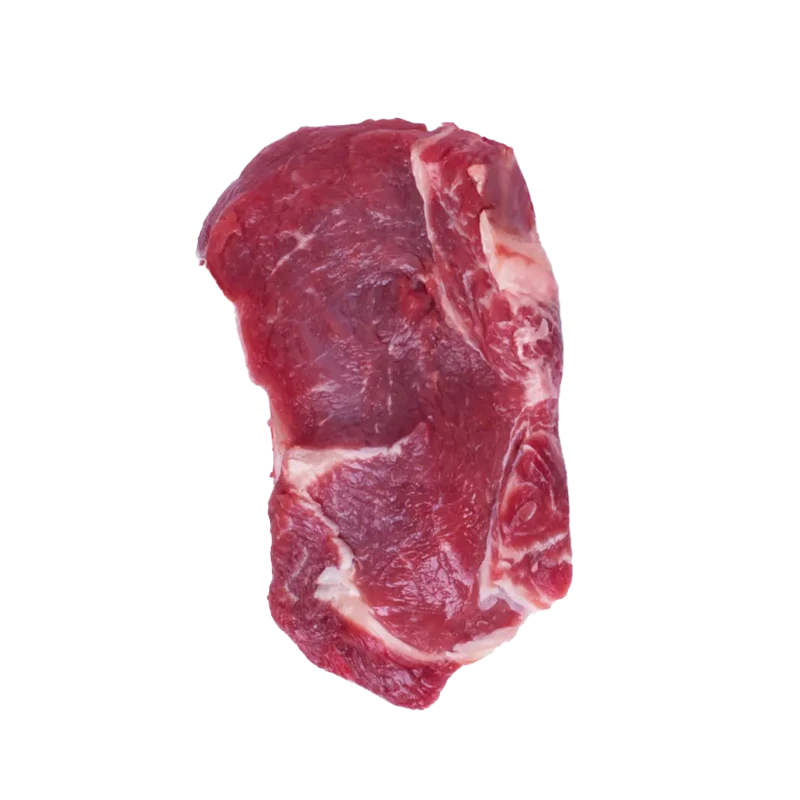
Written by Listonic Team
Last update on September 4, 2024
Nutrients
Nutrition facts
Amount per 100 g
Calories
🔥 197 kcal
| Nutrition per: 100 g | Value | % Daily Value* |
|---|---|---|
| Carbs | 0 g | - |
| Fiber | 0 g | - |
| Sugars | 0 g | - |
| Glycemic Index | 0 | - |
| Protein | 22 g | 44% |
| Sodium | 84 mg | 3.65% |
| Total Fat | 12 g | 15.38% |
*The % of Daily Value (DV) tells you how much a nutrient in a serving of food contributes to a daily diet. 2,000 calories a day is used for general nutrition advice.
22 g
💪 High Protein Content
Key takeaways
Health benefits
- High in protein, essential for muscle growth and repair.
- Rich in iron, which helps in the formation of red blood cells and prevents anemia.
- Contains essential vitamins and minerals such as zinc and B vitamins, which support immune function and energy metabolism.
- Versatile and nutritious, providing a hearty and flavorful addition to various dishes.
Health risks
- High fat content which can contribute to increased cholesterol levels and raise the risk of heart disease.
- Caloric density which can lead to weight gain if not consumed in moderation, especially when paired with calorie-dense sauces or sides.
- Risk of contamination with harmful bacteria such as E. coli if not properly handled and cooked to the appropriate temperature.
- Potential carcinogens from certain cooking methods like grilling or frying at high temperatures, which can produce harmful compounds.
How to choose beef chuck
Beef chuck should display a good balance of meat and fat, noticeable marbling being essential for slow-cooking and achieving tenderness. Bright red meat and white fat indicate freshness and quality.
Avoid beef chuck showing signs of dryness or dark spots on the fat, which can signal poor handling or aging. Unusually strong odors or a slimy texture also indicate spoilage and should be avoided.
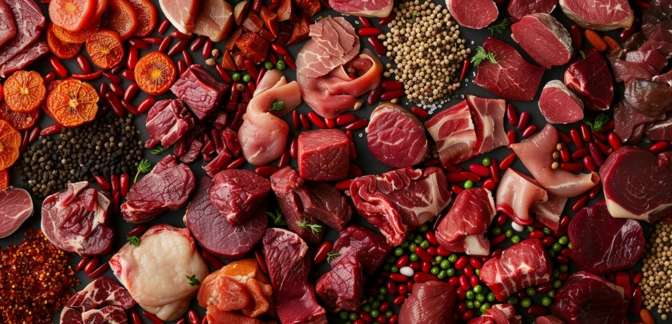
How to store beef chuck
Beef chuck should be stored in the refrigerator and used within a few days for the best quality. Freezing is recommended for longer storage, where it can last up to six months. Keeping it in its original packaging or an airtight container helps preserve freshness.
Room temperature is not suitable for storing beef chuck, as it can spoil quickly. Avoid refreezing beef chuck once thawed, as this can affect its texture and quality. Thawing beef chuck in the refrigerator is the safest method to prevent bacterial growth.
✅ Extra Tip
How long does it last?
Beef chuck can last for 3-5 days in the refrigerator. If frozen, it can be stored for up to 6-12 months. Proper packaging, such as vacuum-sealing, helps maintain its quality over longer storage periods.
What to do with leftovers?
Leftover beef chuck can be used in various hearty dishes. Shred it and use it in tacos, burritos, or sandwiches for a delicious filling. It’s also great for making beef stew or adding to casseroles where its tender, flavorful meat shines.
Beef chuck can be chopped and used in a beef and vegetable stir-fry or added to a pot pie with gravy and vegetables. If you have a lot of beef chuck, consider making a batch of pulled beef for sandwiches or using it in a shepherd's pie topped with mashed potatoes. Beef chuck is also perfect for slow-cooking in a beef chili or using in a hearty beef soup. For a quick meal, reheat the beef and serve it over rice or mashed potatoes.
👨⚕️️ Medical disclaimer
How beef chuck supports specific health conditions
Beef chuck is a flavorful cut of meat rich in protein, supporting muscle health and recovery. It also contains iron, which supports blood health by preventing anemia, and B vitamins that promote brain function and energy production. While it has a higher fat content, when consumed in moderation, it can contribute to heart health by providing essential nutrients like zinc and selenium.
Discover products from other categories
Listonic Team
Fact-checked
Our editorial team checked this article to make sure it was accurate at the time of publishing it.
Get the top-rated shopping list app on your phone!


